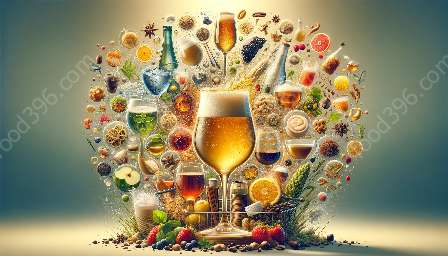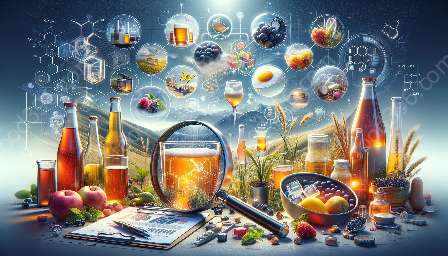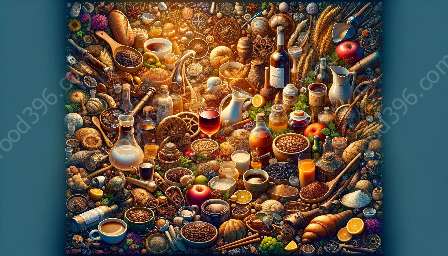Brewing and fermentation are integral components of the beverage industry, providing a rich tapestry of flavors, aromas, and textures that excite the senses. This article delves into the fascinating world of brewing and fermentation techniques, exploring their scientific underpinnings and their impact on a wide array of beverages. From traditional beer brewing methods to the complex fermentation processes behind fine wines and spirits, this topic cluster aims to enlighten readers on the art and science of crafting delightful libations.
The Science of Brewing and Fermentation
At the heart of brewing and fermentation techniques lies the intricate science behind microbial metabolism. Fermentation is a biological process in which microorganisms, such as yeast and bacteria, convert sugars into alcohol, acids, and gases. The various stages of fermentation, coupled with the precise manipulation of ingredients and environmental factors, give rise to a diverse spectrum of flavors and aromas in beverages.
Fundamentally, brewing involves extracting fermentable sugars from grains or fruits and allowing yeast to ferment these sugars into alcohol and carbon dioxide. The carefully controlled interplay of temperature, pH, and oxygen levels during fermentation significantly impacts the final sensory profile of the resulting beverage.
Beer Brewing Techniques
Beer brewing is a centuries-old tradition that has evolved over time, giving rise to a myriad of styles and techniques. From the malting and mashing of grains to the boiling and fermentation stages, each step in the beer brewing process contributes to the final product's unique characteristics.
Malted barley, hops, yeast, and water form the core ingredients of beer, with their proportions and processing methods dictating the style and flavor of the brew. Whether it's the rich, caramel notes of a robust porter or the floral, citrusy aroma of an IPA, the art of beer brewing allows for endless experimentation and innovation.
Wine Fermentation and Aging
In the realm of winemaking, fermentation and aging are pivotal processes that shape the wine's complexity and character. Grapes undergo a natural fermentation process, where native yeasts present on the grape skins or introduced cultured yeast consume the sugars in the grape juice, producing alcohol and carbon dioxide. The choice of fermentation vessel, such as stainless steel tanks, oak barrels, or clay amphorae, imparts distinct flavors and textures to the wine, further influenced by the duration of aging and the conditions of storage.
Furthermore, the deliberate introduction of malolactic fermentation, a secondary fermentation process, can soften the wine's acidity and contribute to its overall balance. The intricate interplay between grape variety, terroir, and winemaking techniques underscores the profound influence of fermentation on the sensory profile of wine.
The Impact on Beverage Studies and Food & Drink
The study of brewing and fermentation techniques not only enhances our understanding of the science behind beverages but also provides a platform for creativity and innovation within the beverage industry. By delving into the intricacies of fermentation, students of beverage studies gain insight into the factors that shape the sensory attributes of various drinks, paving the way for the development of new products and flavors.
Moreover, a comprehensive understanding of brewing and fermentation techniques is essential for professionals in the food and drink sector. Whether it's a craft brewer aiming to perfect a new recipe or a winemaker seeking to elevate the quality of their wines, the mastery of these techniques is instrumental in creating exceptional beverage experiences for consumers.
In conclusion, the art and science of brewing and fermentation techniques form the bedrock of the diverse and vibrant landscape of beverages. From the bubbling fermenters of a craft brewery to the serene cellars of a winery, these processes captivate the senses and inspire exploration, innovation, and appreciation. Embracing the nuances of brewing and fermentation not only enriches our understanding of beverages but also elevates the cultural and sensory experiences associated with food and drink.


















